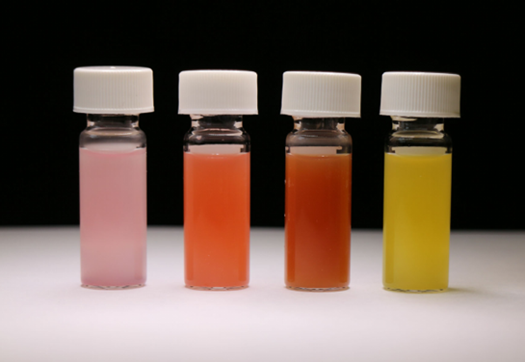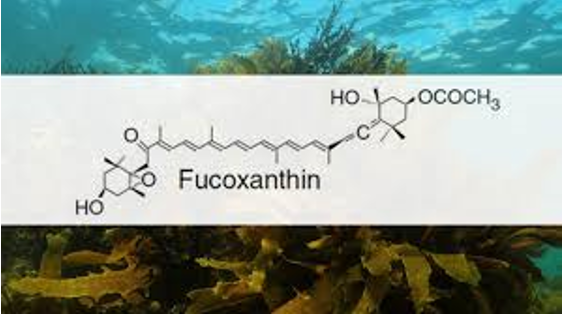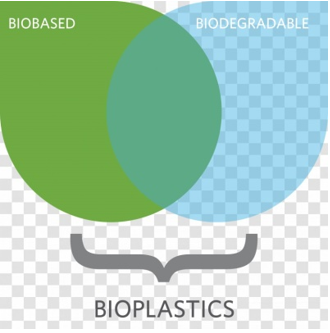
Research interests
Marine Diatoms
Thalassiosira pseudonana is a marine centric diatom. Diatoms are unicellular, eukaryotic, phytoplankton that display a unique evolutionary history and provide major ecological contributions in marine environments. Having evolved 91.5 million years ago during the Upper Turonian period, analyses of these organisms display long-term contributions to deposits of diatomite, carbon cycling, global climate, and petroleum reserves. Today diatoms continue to have major ecological implications by playing a fundamental role in global carbon cycling and global climate. As a result of the ecological importance of diatoms, T. pseudonana was the first diatom to undergo full genome sequencing. In addition, T. pseudonana have elaborate silicified cell wall nanostructures that may contribute to future study of silica nanotechnology. T. pseudonana diatoms display a unique combination of metabolic processes including genes for nitrogen fixation, the urea cycle, carbon fixation, iron uptake, and photosynthesis. Growth under different light conditions –Characterization and Function of a number of Marine diatoms are investigated in our laboratory.
C.Tselios Ph.D student


Biotechnology of Marine Anoxygenic Phototrophic bacteria
Roseobacter clade represents one of the most abundant, metabolically versatile and ecologically important bacterial groups found in marine habitats. A detailed molecular investigation of the regulatory and metabolic networks of these organisms is currently limited for many strains by missing suitable genetic tools. Scientific interest in this bacterial group increased steadily since the description of its first representatives Roseobacter denitrificans and Roseobacter litoralis. Marine habitats represent a prolific source for molecules of biotechnological interest. In particular, marine bacteria have attracted attention and were successfully exploited for industrial applications. The newly established Marine Roseobacter lineage consists of several bacterial species which possess the capacity to produce biomolecules of biotechnological interest. Growth/Isolation /Characterization and Function of a number of Marine Anoxygenic Phototrophic bacteria by a variety of Advanced Analytical-Spectroscopic techniques. The photophysical properties of the Marine ROseobacter Systems Photoreduction of Carotenoids have been recently published by our group.
Marios Papageorgiou Ph.D student
Carotenoids and Extracellular Polymeric Substances (Extraction-Characterization- Function) from Marine Diatoms and Roseobacter clade bacteria.
In the marine Diatoms a characteristic golden-brown colour due to a high amount of the xanthophyll -fucoxanthin that plays a major role in the light-harvesting complex of photosystems. Diatoms are exposed to light intensities that vary quickly from lower to higher values. Xanthophyll cycles prevent photodestruction of the cells in excessive light intensities. In diatoms, the diadinoxanthin-diatoxanthin cycle is the most important short-term photoprotective mechanism. The biosynthetic pathways of chloroplast pigments have been extensively studied in higher plants and green algae, however, the research on carotenoid biosynthesis and Extracellular Polymeric Substances (EPS) in diatoms and Roseobacter clade bacteria is still in its initial stage. Several of the oxygenated Carotenoids from Marine microorganisms have antibacterial properties. EPS are fundamental for microbial life and provide an ideal environment for chemical reactions, nutrient entrapment, and protection against environmental stresses. The structure-function relationships of Carotenoids and EPS are investigated by a variety of Analytical-spectroscopic techniques.
M.Papageorgiou, C.Tselios Ph.D Students


Biodegradation of bio-plastics in the marine environment
The biodegradability of bioplastics is highly affected by their physical and chemical structure. We have initiated research on the biodegradation of compastable-starch bioplastic and oxo biodegradable plastics present in the marine environment by Sufitobacter Mediterraneus and Sagitulla Stellata (Lignin-biodegradation) by laser induced Breakdown spectroscopy and Raman spectroscopy. The Alterations of Biofilm Formation and extracellular polymeric substances (EPSs) on the surfaces of bio-plastics is investigated by FTIR mapping techniques.
C.Yiannakos Ph.D student
Nano-(Bio)- Micro- Plastics interactions with Marine Bacteria and Diatoms
C.Yiannakos , C.Tselios , C. Andreou Ph.D students
